5 Tips On How To Bathe A Cat Safely
25.03.2022.
Cats are well-known for their propensity for grooming. They're usually able to keep themselves fresh and clean with their tongues, teeth, and paws without any outside help. However, your cat may require assistance from time to time in order to remain clean. If your feline pal is covered in something dangerous, stinky, or sticky, or if they have picked up parasites, it may be time to give them a bath. Here's how to bathe a cat while causing as little stress as possible for both of you.
So, How Frequently Should You Bathe Your Cat?
Certain circumstances necessitate bathing a cat or kitten. Vets recommend bathing a cat if it has picked up something toxic, such as motor oil, antifreeze, gasoline, or paint. Basically, anything that could be harmful that gets on its fur needs to be washed off right away.
Many veterinarians also observe that some felines develop skin conditions that can be alleviated by bathing. For example, seborrhea is a disorder that causes flaky, red, and itchy skin. Your veterinarian may also advise you to use medicated baths to treat other health issues, such as severe flea allergies or ringworm.
Older cats with arthritis or who are obese may require more frequent bathing because they cannot always groom well and frequently have difficulty reaching specific spots and preventing odors. Cats despise being unkempt even more than they hate being wet.
Bathing many long-haired breeds, such as Maine Coons, Neva Masquerades, and Siberians, every couple of months or so helps to reduce fur matting. Some short-haired cats with dense coats may also require a bath on occasion.
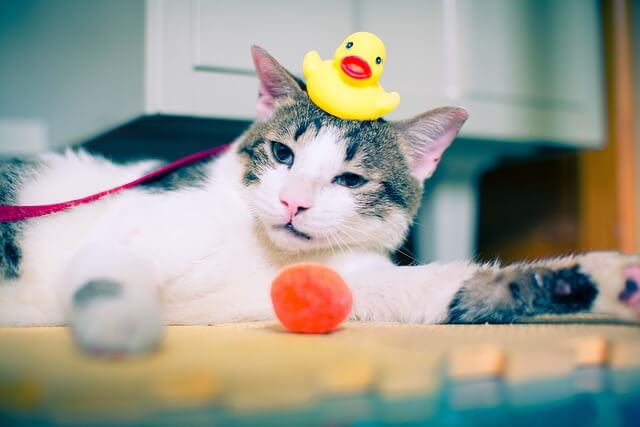
Hairless breeds, such as the Don Sphynx are likely to require more frequent bathing than their furred counterparts. They have an oily residue that gets on fabrics when they're particularly filthy. If you don't want to bathe your hairless cat on a weekly basis, you could use baby wipes to keep them clean.
Consult your veterinarian about your pet's specific requirements to determine the best care and bathing routine.
5 Tips for Bathing Your Cat Safely
Simply follow these 5 simple tips, and you'll have a clean feline in no time.
Step 1: Remove the Claws
Trim your cat's claws before bathing. Bath time is a prime time for your cat to try to scratch you. Wear rubber or waterproof gloves, such as the Full Circle Splash Patrol Cleaning Gloves, to protect your hands if your cat becomes agitated.
Step 2: Select The Bathing Area
Bathe your cats in a sink, shallow basin, or bucket. If your cat is uncooperative, a full-sized bathtub can be overwhelming not only for the cat but also for you. If your kitchen or bathroom sink is large enough, you can convert it into a cat tub. The same is true for a shallow basin/bucket filled with lukewarm water. Otherwise, a bathtub will suffice, as long as it is not overflowing (about 5 inches or so of water should be more than enough).
Step 3: Be Aware of Water Streams and Splashing
Pour water over the cat’s back and tail with a cup or pitcher. However, avoid pouring water over their head. Splashing water, particularly near the head, will irritate your cat. If you have an extendable shower nozzle, it will also work. For greater precision and less pushback from your cat, use a washcloth for cleaning the cat’s head. To clean the insides of your cat's ears, use moistened cotton balls. It's also better for the area around your cat’s eyes and nose. Sticking objects into your cat's ears, such as cotton swabs, is not a good idea.
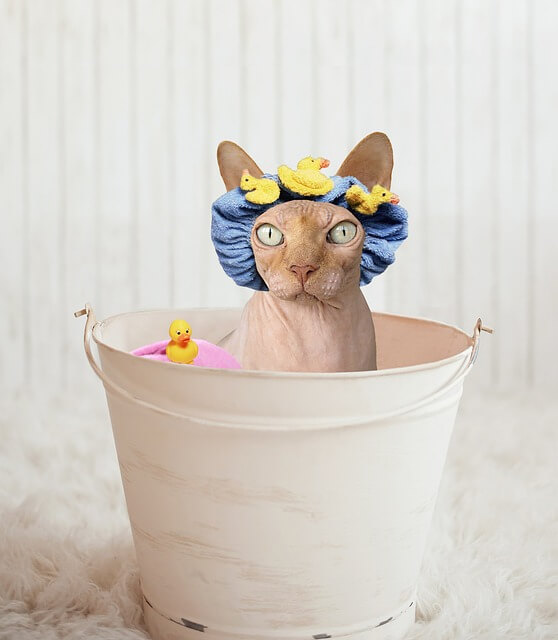
Step 4: Cat-Safe Products
Use a cat-safe shampoo at all times. After shampooing, make sure to thoroughly rinse. Keep an eye on its belly, paws, backside, and tail. If there are any knots, brush them out gently while the fur is still wet.
Step 5: Prepare a Towel
Cats' fur absorbs water and causes them to lose body heat when wet. Make sure you have a towel nearby when bathing your feline companion. Your cat will want to get dry as soon as possible, so swaddle them up and rub them well. You may need to blow dry your cat's hair if they tolerate it, especially if they are a long-haired breed.
Your cat's experience will most likely be anything but a relaxing soak in the tub. You can give your cat a few treats during the process so they start associating baths with something positive. It may even distract them for a few seconds as you rub and scrub. Keep a close eye on your cat for any signs of distress. If your cat appears to be in too much distress, stop the bathing process and try again later.
Alternatives
You may discover that you are unable to bathe your cat on your own. If you've asked someone to help you hold your cat and you're still having trouble, consider hiring a professional groomer or asking your vet if they can bathe your cat. Because bathing isn't something you'll need to do frequently (unless advised by your vet), the cost and process shouldn't be too bad. You might even be able to find someone to come to your house, such as a mobile grooming service.
World Cat Finder Team

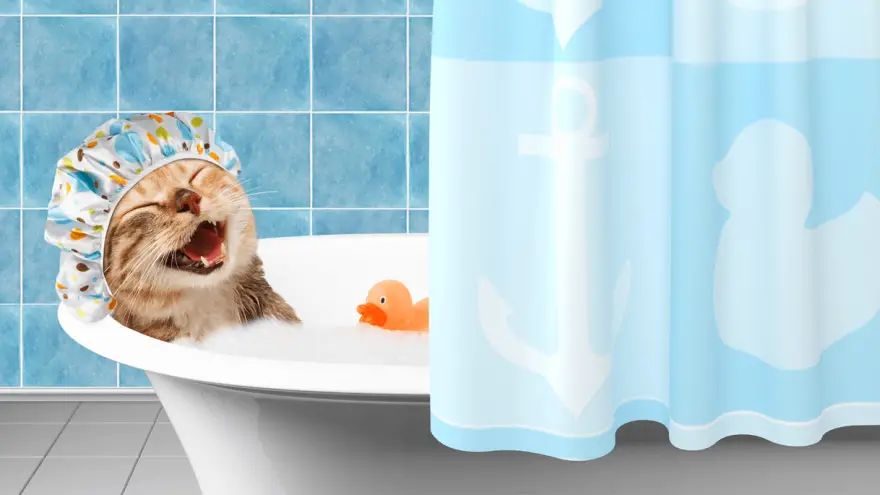
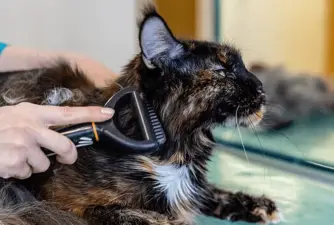
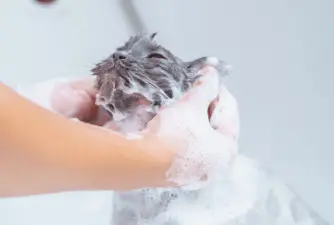


Share